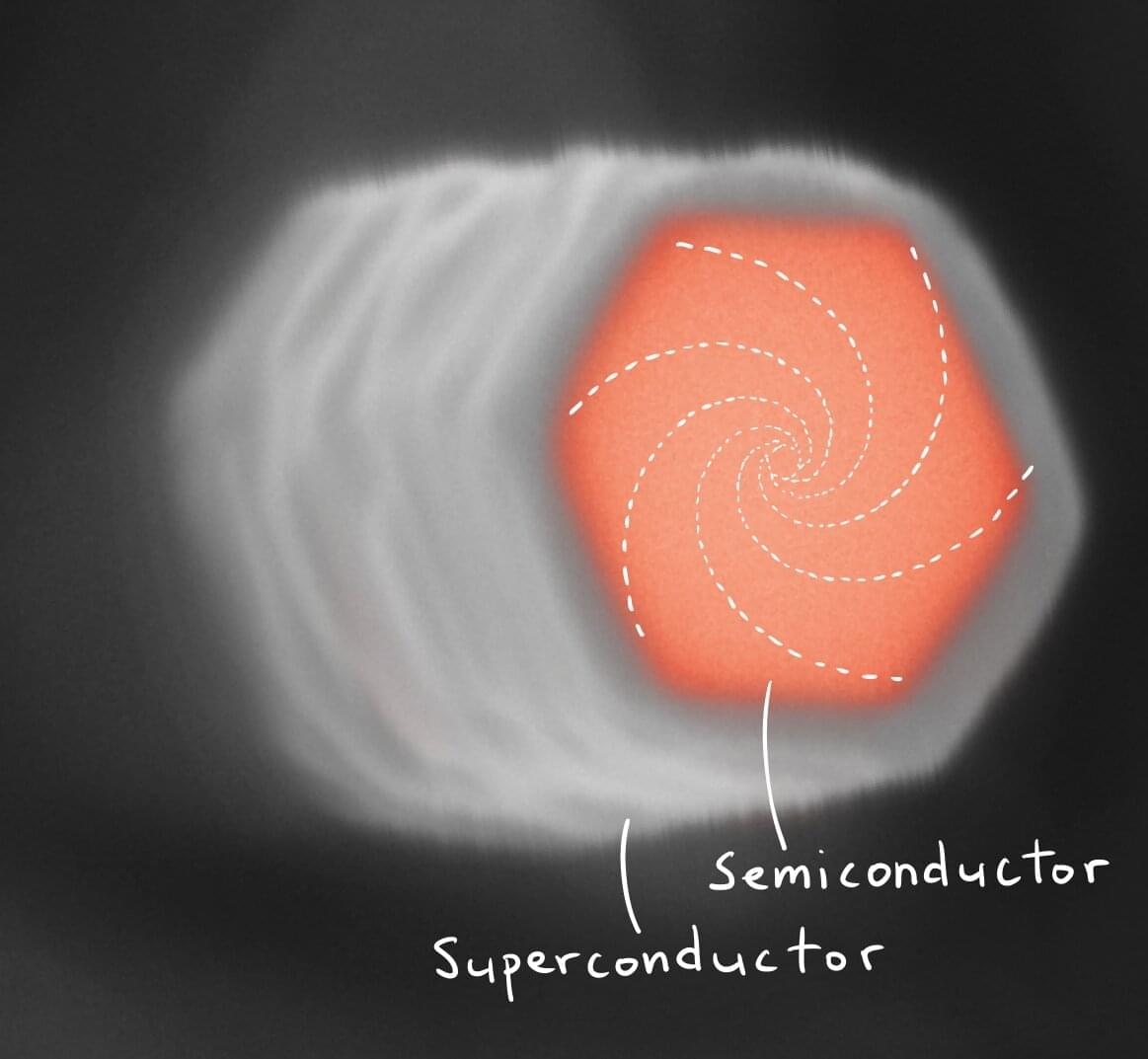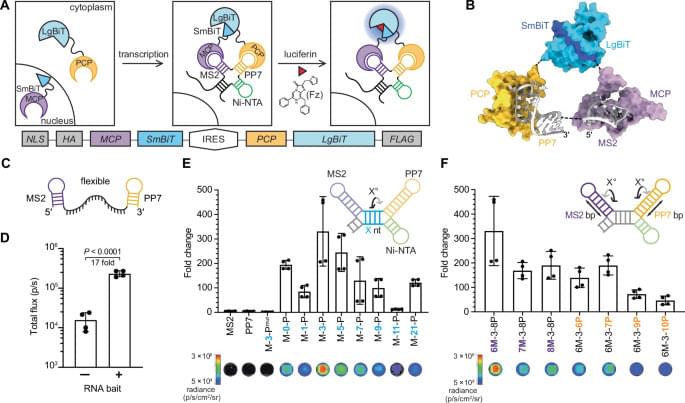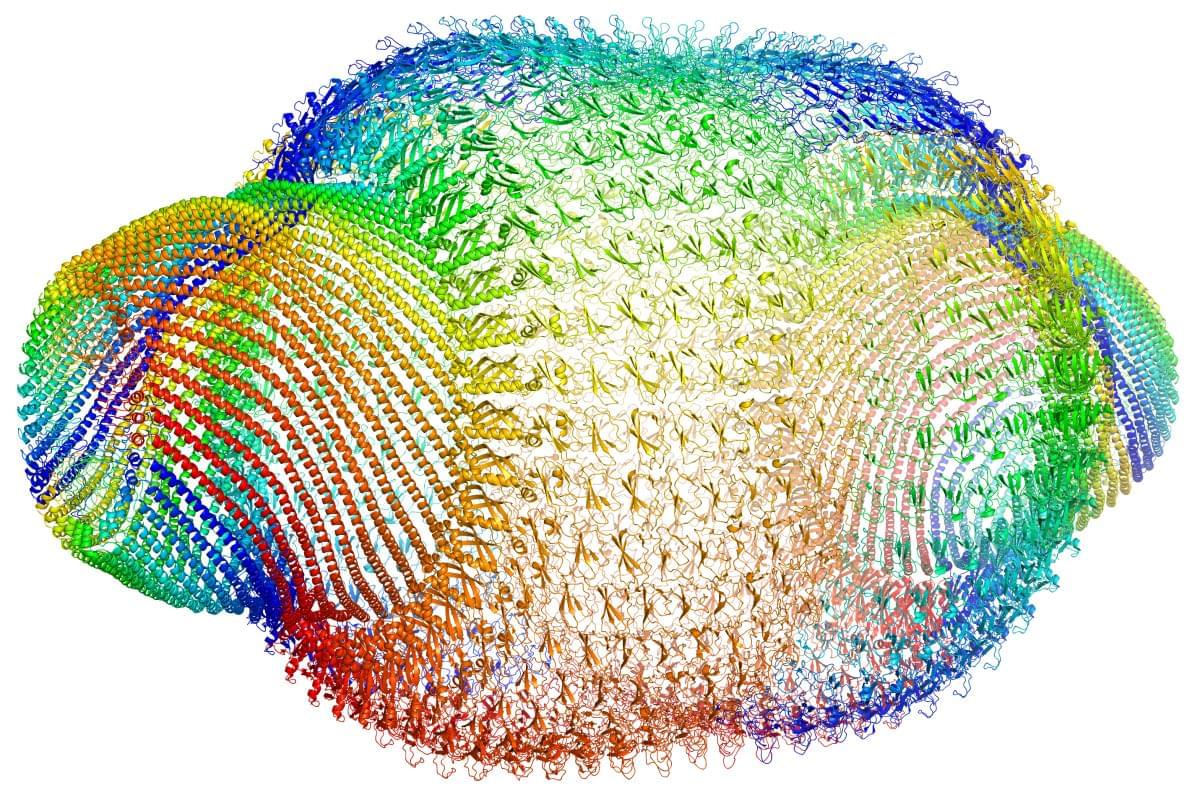Google has uncovered a vishing campaign by UNC6040 targeting Salesforce users through fake Data Loader apps.






Researchers from the Niels Bohr Institute, University of Copenhagen, have created a novel pathway into the study of the elusive quantum states in superconducting vortices. The existence of these was flaunted in the 1960s, but has remained very difficult to verify directly because those states are squeezed into energy scales smaller than one can typically resolve in experiments.
The result was made possible by a combination of ingenuity and the expanding research in designer materials created in the labs at the Niels Bohr Institute. It is now published in Physical Review Letters.
We dived deep into the difference between cryonics and biostasis, the philosophy of extropy, the future of cryonics, ethical and political dilemmas connected with biostasis, the proactionary principle, reframing the “death” idea, the future of human identity and much more!


Halbers et al. present a useful tool — a way of accurately tracking RNAs that only requires a small addition to a given RNA sequence and leverages modified split luciferase proteins for bioluminescent photon emission, circumventing some drawbacks of fluorescent methods.
Studying RNA dynamics in vivo often relies on fluorogenic approaches, but these can be hampered by factors such as limited sensitivity and sample autofluorescence. Here, the authors describe an ultrasensitive platform for RNA imaging, which features RNA tags that recruit light-emitting luciferase fragments.


Alena Tensor is a recently discovered class of energy-momentum tensors that proposes a general equivalence of the curved path and geodesic for analyzed spacetimes which allows the analysis of physical systems in curvilinear, classical and quantum descriptions. In this paper it is shown that Alena Tensor is related to the Killing tensor K and describes the class of GR solutions G + Λ g = 2 Λ K. In this picture, it is not matter that imposes curvature, but rather the geometric symmetries, encoded in the Killing tensor, determine the way spacetime curves and how matter can be distributed in it. It was also shown, that Alena Tensor gives decomposition of energy-momentum tensor of the electromagnetic field using two null-vectors and in natural way forces the Higgs field to appear, indicating the reason for the symmetry breaking.